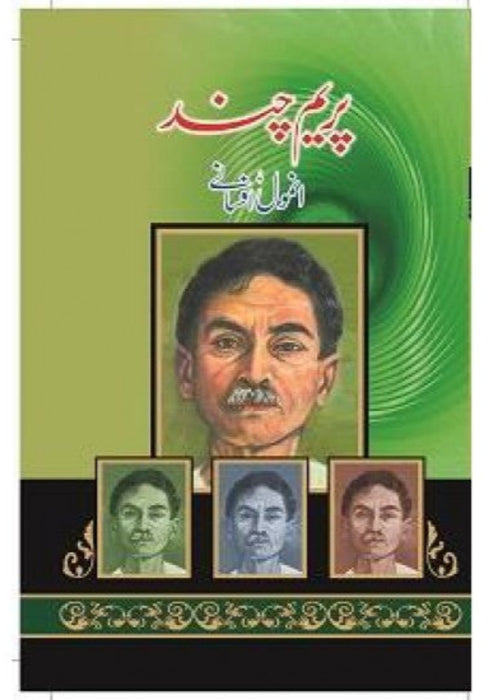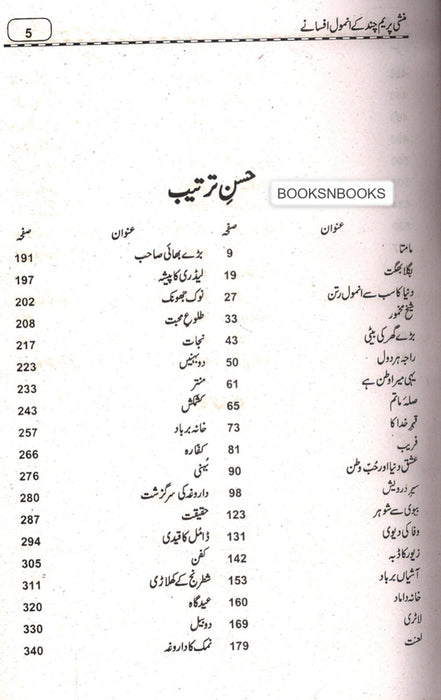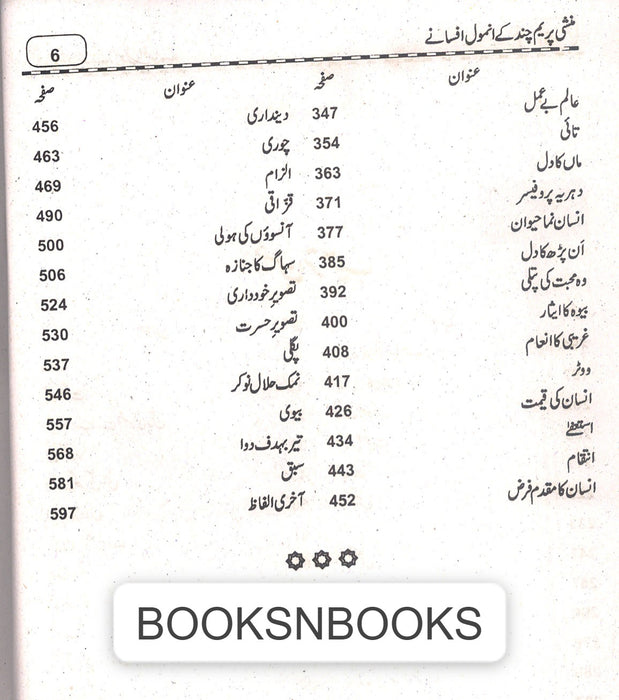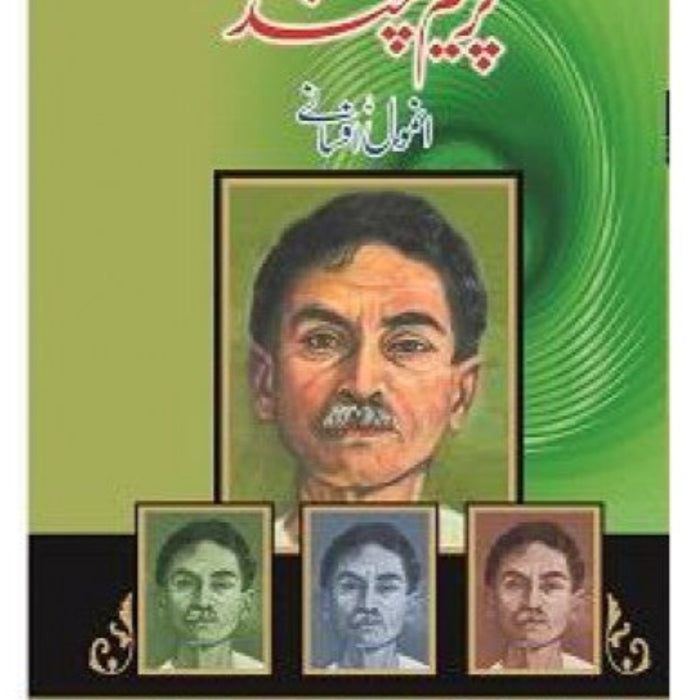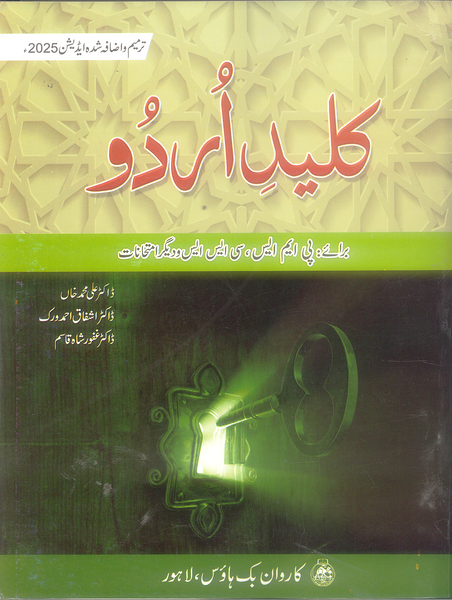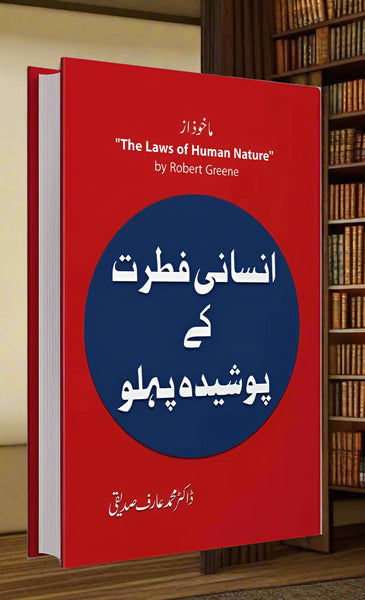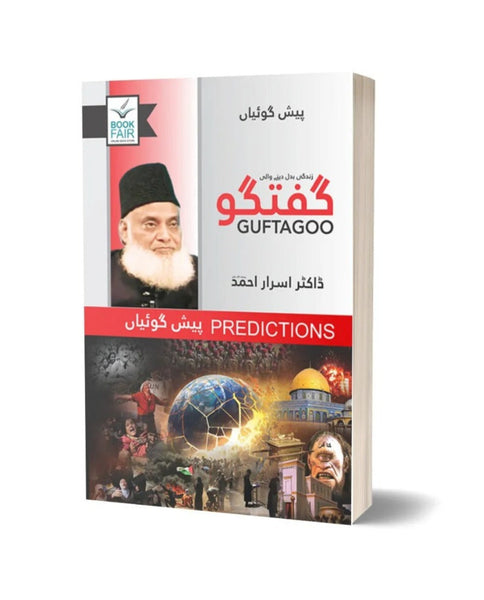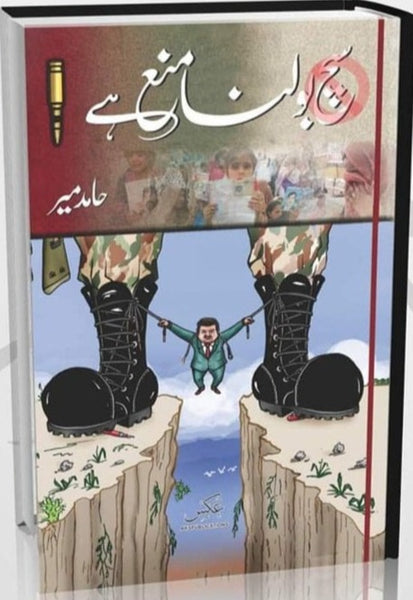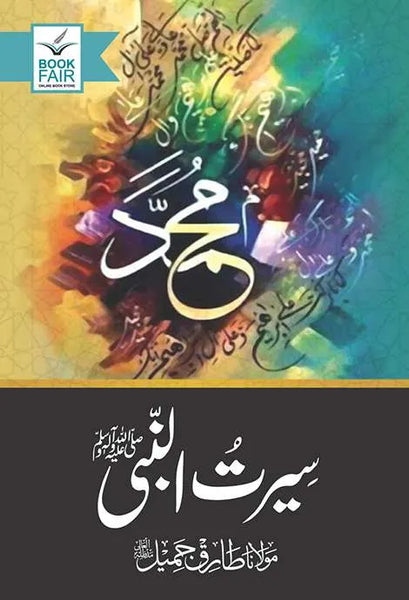PremChand Kay Anmol Afsanay - پریم چند انمول افسانے
- Publisher: URDU GENERAL BOOKS
- Availability: In Stock
- SKU: 58375
- Number of Pages: 608
Rs.900.00
Rs.1,200.00
Tags: Abdullah Academy , Abdullah Academy Books , Abdullah Academy Publication , Abdullah Academy Publications , Abdullah Academy Urdu Books , Afsanay by Prem Chand , Anmol Afsanay , Anmol Afsanay by Prem Chand , Anmol Afsanay Collection , Anmol Stories , best books , Best of Prem Chand , Best Price , Best Selling Books , Classic Stories in Urdu , Classic Urdu Stories , Famous Urdu Stories , Literary Works of Prem Chand , ONLINE BOOKS , Online Bookshop , Prem Chand Afsanay , Prem Chand Collection , Prem Chand Kay Anmol Afsanay , Prem Chand Short Stories , Prem Chand Short Story Book , Prem Chand Stories , Prem Chand Urdu Afsanay , Prem Chand Urdu Collection , Prem Chand Urdu Fiction , Prem Chand's Anmol Afsanay , Prem Chand's Best Stories , Prem Chand's Masterpieces , Premchand Kay Anmol Afsanay , Urdu Afsanay by Abdullah Academy , Urdu Classic Fiction , Urdu Fiction by Prem Chand , Urdu Literature , Urdu Literature Classics , Urdu Literature Masterpieces , Urdu Short Stories , Urdu Story Anthology , پریم چند انمول افسانے
Prem Chand Kay Anmol Afsanay - پریم چند انمول افسانے is a remarkable collection of short stories by the iconic Hindi-Urdu writer Prem Chand, published by Abdullah Academy. Known for his deep understanding of social realities and human emotions, Prem Chand’s stories explore a range of themes including social injustice, poverty, class struggles, and moral dilemmas. This collection brings together his most treasured and thought-provoking stories, offering readers a glimpse into the complexities of Indian society during the colonial period. Written with empathy and literary brilliance, these stories continue to resonate with readers, reflecting universal human experiences. This anthology is an essential addition to the bookshelf of those interested in South Asian literature, offering timeless lessons in morality, compassion, and social change.
Keypoints:
-
Social Realism
Prem Chand’s stories are rooted in social realism, depicting the struggles of the common man, especially in rural India. -
Deep Psychological Insight
The stories delve into the inner workings of human psychology, exploring the complexities of emotions, desires, and fears. -
Critique of Social Injustice
Many stories highlight the stark realities of social inequality, caste discrimination, and the exploitation of the poor. -
Moral and Ethical Dilemmas
The characters in Prem Chand’s stories often face moral challenges that reflect broader societal issues and individual struggles for justice. -
Timeless Relevance
Though set in a specific historical context, Prem Chand’s stories remain relevant today, addressing themes that are universal and timeless. -
Empathy and Humanism
Prem Chand’s works are marked by a deep empathy for his characters, showcasing his humanist approach to storytelling. -
Cultural and Historical Context
The collection offers valuable insight into the socio-political and cultural landscape of colonial India, shedding light on the issues faced by its people. -
Prose and Language
Known for his simple yet powerful prose, Prem Chand’s writing connects with readers on an emotional level, making complex issues more relatable. -
Role of Women
Several stories focus on the struggles of women in a patriarchal society, highlighting Prem Chand’s awareness of gender inequality. -
Publisher’s Excellence
Abdullah Academy ensures that this collection is presented in an accessible and high-quality format, preserving the literary brilliance of Prem Chand.
Conclusion:
Prem Chand Kay Anmol Afsanay - پریم چند انمول افسانے is an outstanding collection that showcases the literary genius of Prem Chand. His masterful storytelling, coupled with his keen observations of society, makes this book a must-read for anyone interested in understanding the human condition and the social fabric of colonial India. With its timeless relevance and profound themes, this book continues to inspire readers and stands as a cornerstone of South Asian literature.

